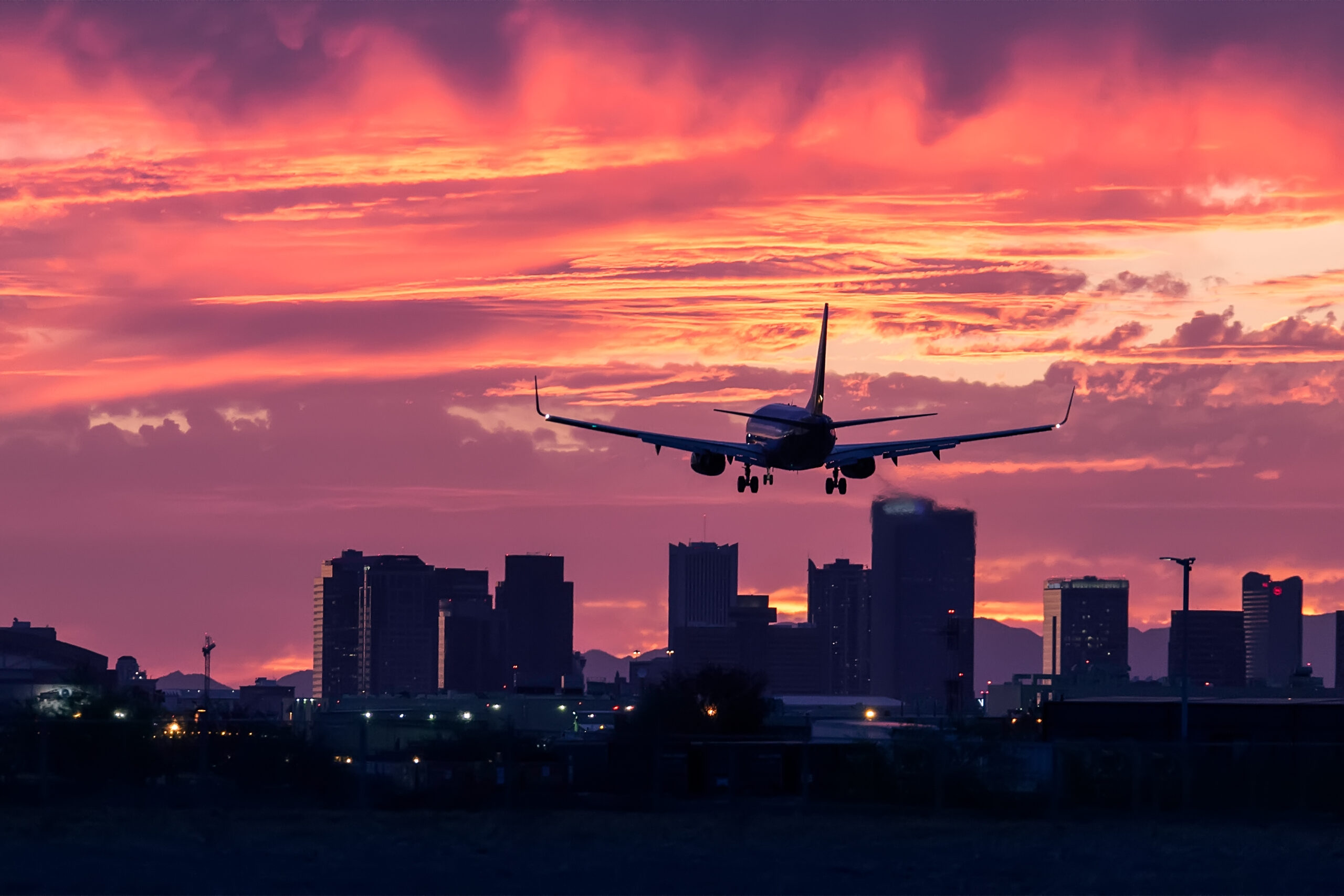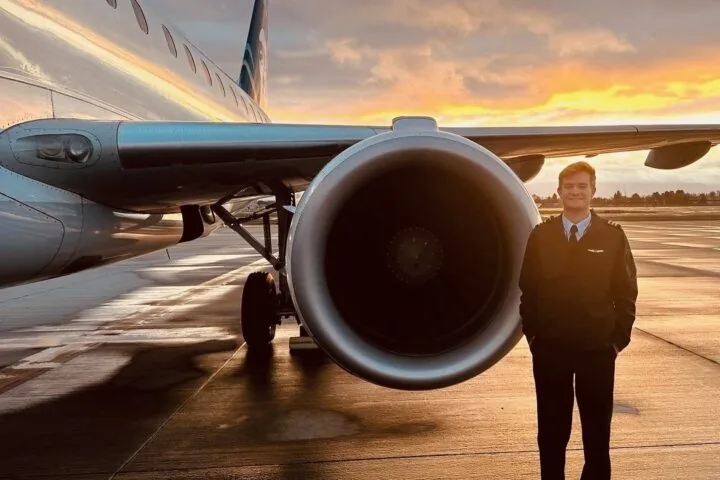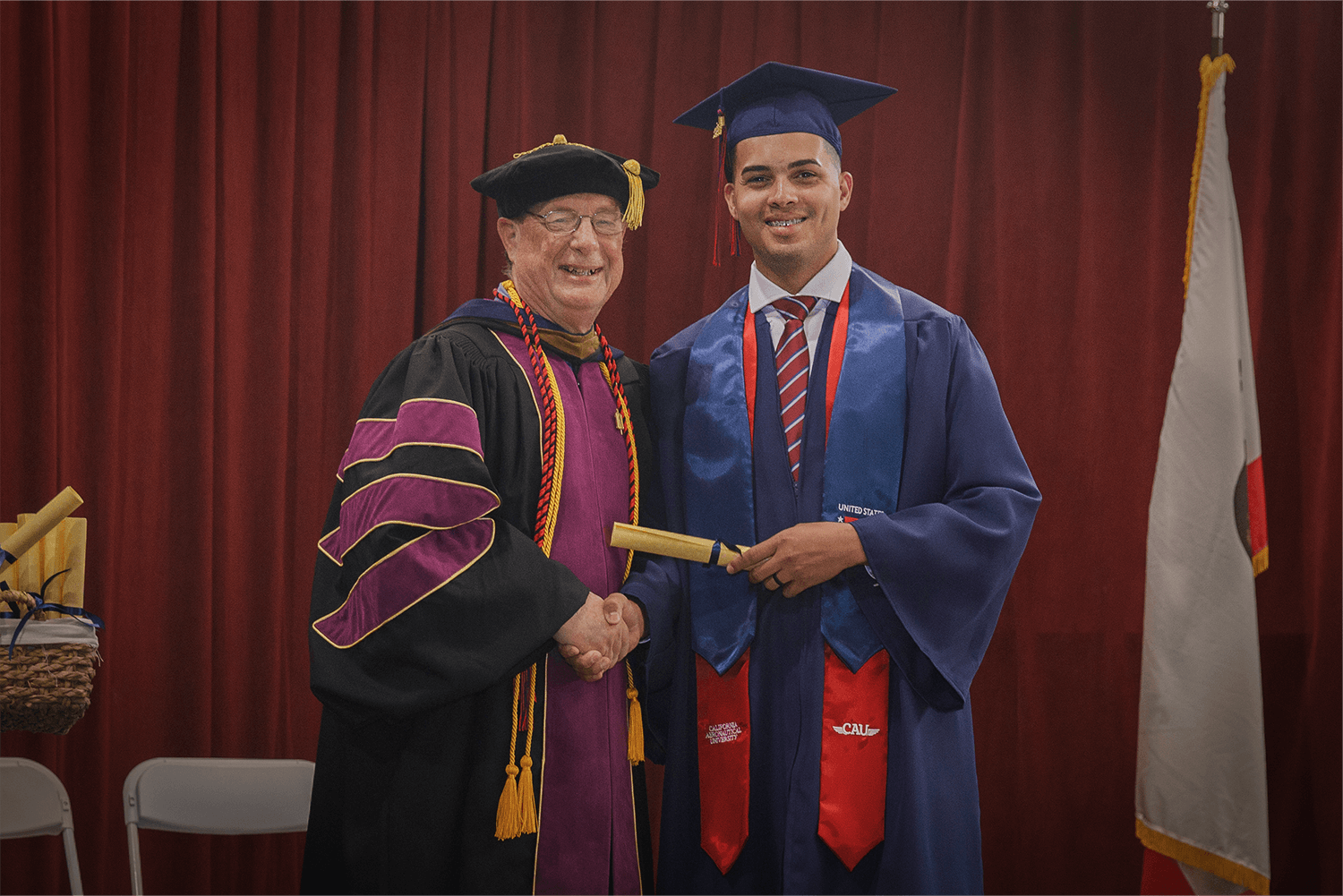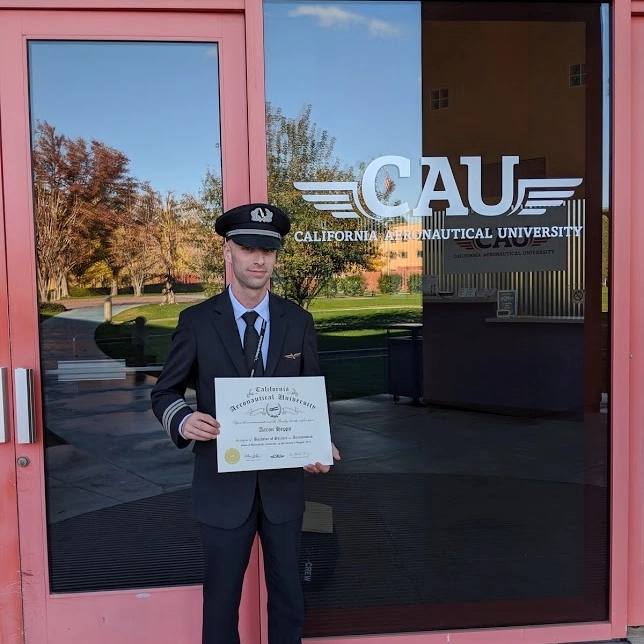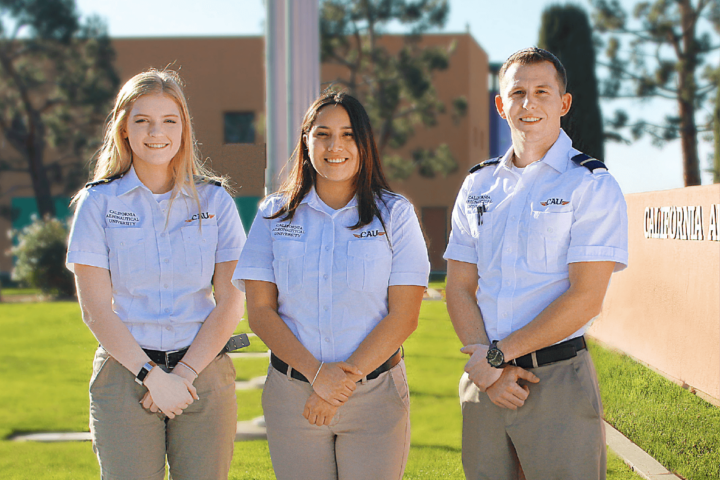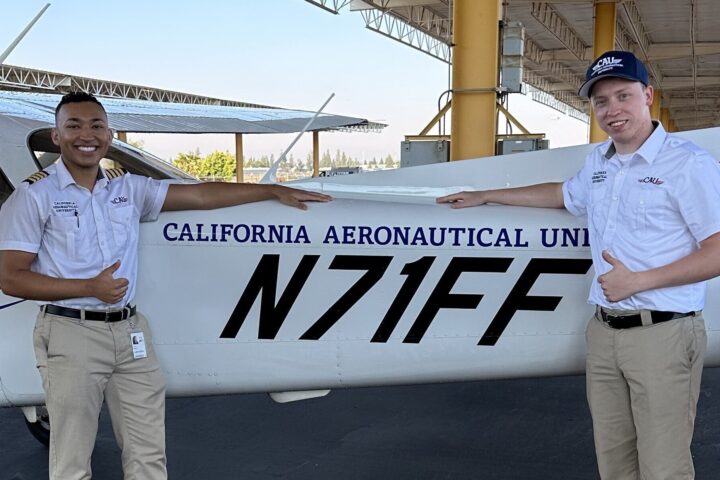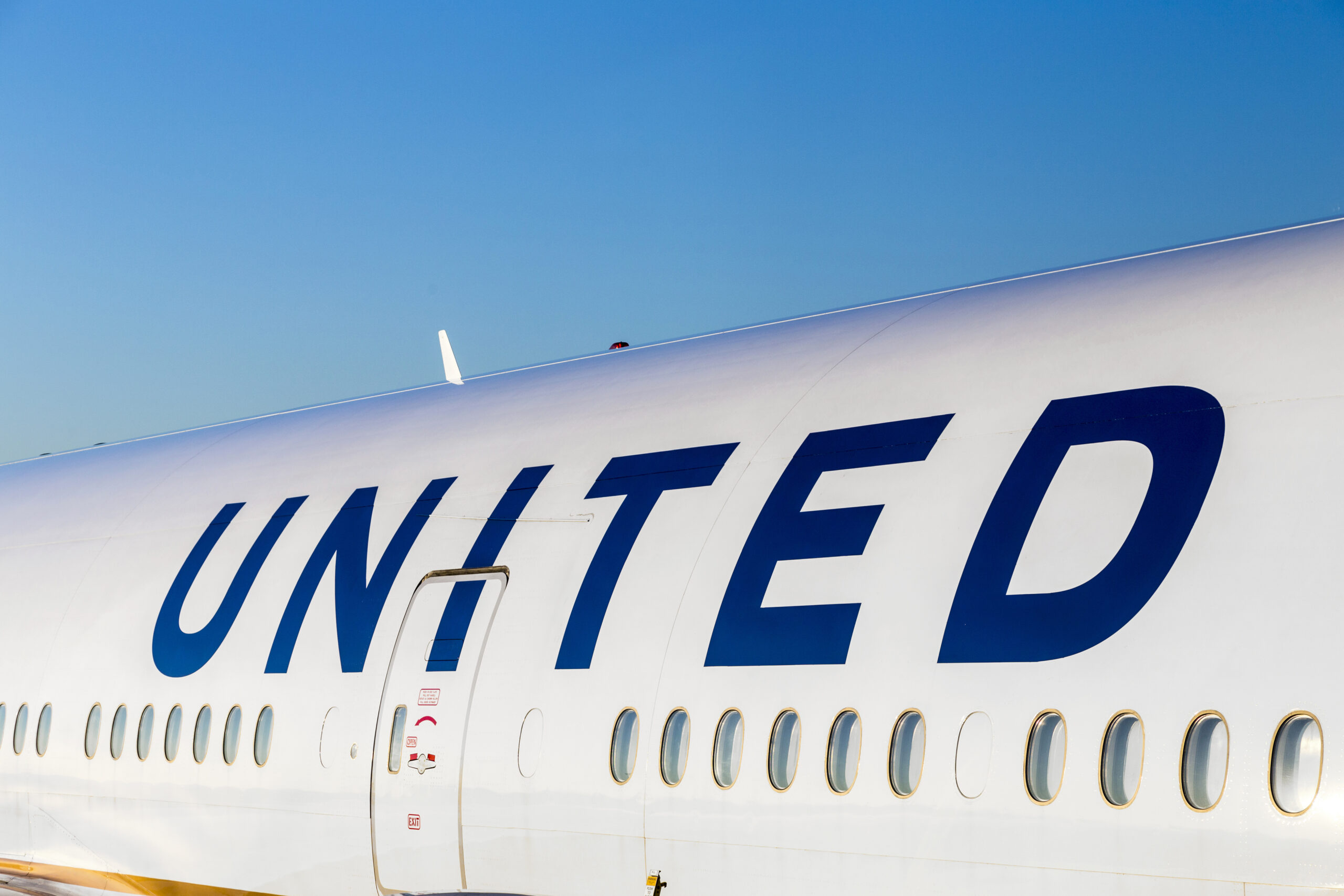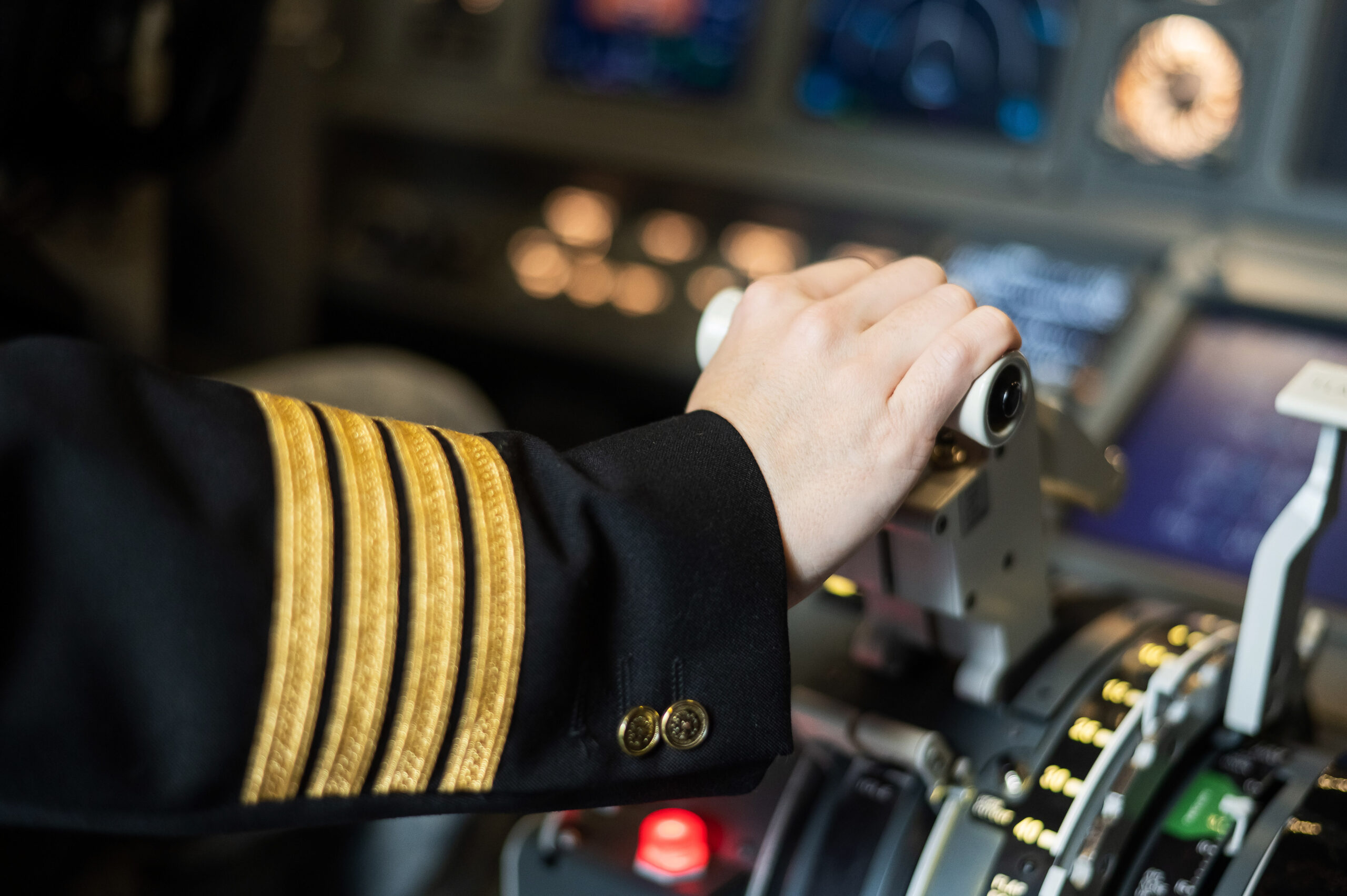Many people spend their lives dreaming of becoming a pilot and flying planes all around the world. Others are taking notice of the pilot shortage and want to take advantage of new opportunities for their future.
Whatever your reason for wanting to learn how to become a pilot in Arizona, figuring out how to get started can be a bit of a challenge. After all, there are different pathways and a lot of federal regulations to reach your destination.
To help you get ready for takeoff, we have put together some details to help you understand how to become a pilot in Arizona — and why it can be the perfect place to learn how to fly.
Why You Should Learn to Fly in Arizona
Arizona itself is an incredible state where you can experience snow in the mountains, the heat of the desert, and the vastness of the Grand Canyon all in one day. A bird’s eye view of the place can be breathtaking. That alone is not the only reason future pilots make their way to Arizona to learn how to fly.
There are many things required of you when training to become a pilot. However, a huge part of this training is gaining flight hours. In order to obtain your pilot license, you have to be able to get up in the air and log those hours. The more opportunity you have to fly, the faster you can meet the necessary requirements.
Areas of unpredictable weather, such as those with higher chances of rain, thunderstorms, ice storms, and the like can reduce the amount of time you can fly. When the weather does not cooperate, you can lose out on flight hours — potentially delaying the timeline to becoming a pilot.
What is the weather like in Arizona? It can be the perfect environment for flying, especially in the greater Phoenix area. There are about 300 sunny days each year which means plenty of opportunities to fly.
Options for Pilot Training in Arizona
For those who want to know how to become a pilot in Arizona, it is important to know that there is more than one road to get there. Because this state has such great weather, it is home to a few different training options, such as going to flight school or attending an aviation-related university.
Choosing the right option for yourself will depend on what your goal is for your future. Both options will allow you to learn the tools necessary to fly an aircraft if you are passionate about aviation.
Flight schools tend to be more focused on the hands-on aspect of training, offering some classroom instruction along the way. Aviation programs within universities give you a more well-rounded, in-depth aviation education, alongside hands-on pilot training. Depending on the program, you can earn a college degree at the same time, too.
Decide what it is you want to do with your future. It is always a good idea to talk about the programs with those involved in them and see how what they offer relates to your goals before making your decision.
Requirements to Be a Pilot in Arizona
When inquiring how to become a pilot in Arizona, you will encounter a few basic requirements you must meet. Keep in mind these are put in place at the federal level so you will encounter them regardless of which state you find yourself in.
Below are a few of the basic requirements.
-
You must be at least 17 years of age or older to begin pilot training
-
You will have to have obtained a high school diploma or GED
-
A medical certificate from an examiner authorized by the regulator (your chosen school can help guide you in obtaining this)
-
Speak, write, and read English
These are some of the basic requirements. You may encounter additional prerequisites based on where you decide to do your training.
Stages for Certificates and Licensing
How many stages of licensing/certificates you go through will vary based on what your future goals are. In general, there are several stages that will need to be completed in order to achieve an Airline Transport Pilot (APT) certificate, which is the goal of many student pilots.
Student Pilot License
First up is the Student Pilot License (SPL) which will kick off your flight training. You must meet all of the above basic criteria in order to obtain this license.
Private Pilot License
The Private Pilot License (PPL) allows you to fly alone, with passengers, or with cargo. The stipulation is that you cannot fly for money. You again must meet the above requirements. Please note that there are different levels throughout this stage based on the type of aircraft.
Commercial Pilot License (CPL)
If you intend to fly planes as your profession, you are going to need a CPL license. In order to obtain it, you will need to be at least 18 years of age and currently hold a PPL. There are various requirements and hours needed based on the type of plane you intend to fly.
Instrument Rating (IR)
Obtaining an Instrument Rating along with your licensing can open the doors for more opportunities. It enables you to fly the aircraft in high and low visibility conditions, including day or night and in certain weather conditions.
Multi-Engine Rating (MER)
Having this rating on your pilot license allows you to fly single and multi-engine aircraft.
Of course, as you go along through the program you choose, you will learn more about each of these stages — and have greater guidance and direction along the way.
Do You Have a Future in Aviation?
If you want to know more about how to become a pilot in Arizona, perhaps you will find what you are looking for at California Aeronautical University. Taking the first step to becoming a pilot can open the doors to many new opportunities.
Have you heard about the different programs we offer in Phoenix and Bakersfield? Request information and get the answers to all your pilot training questions from the admissions team at CAU.
Ready to soar in your aviation career?
Mr. Matthew A. Johnston has over 23 years of experience serving various roles in education and is currently serving as the President of California Aeronautical University. He maintains memberships and is a supporting participant with several aviation promoting and advocacy associations including University Aviation Association (UAA), Regional Airline Association (RAA), AOPA, NBAA, and EAA with the Young Eagles program. He is proud of his collaboration with airlines, aviation businesses and individual aviation professionals who are working with him to develop California Aeronautical University as a leader in educating aviation professionals.
